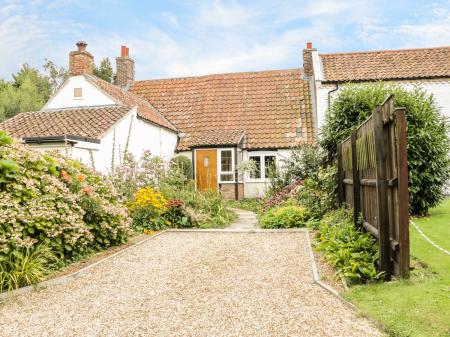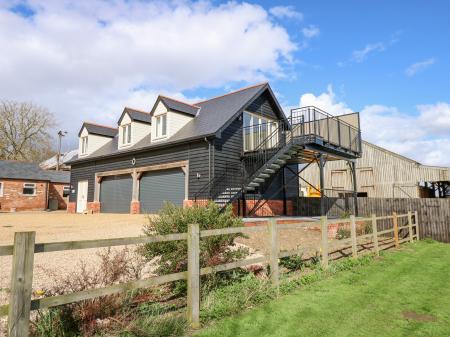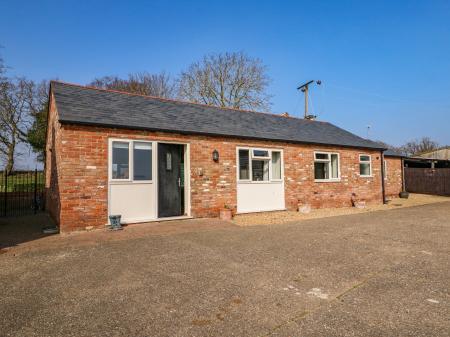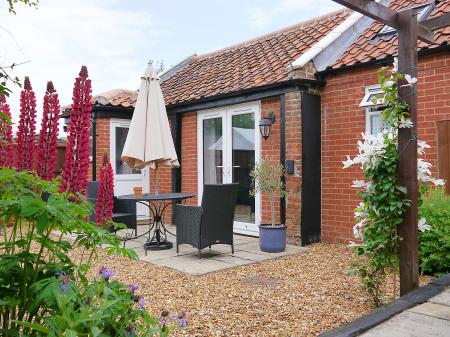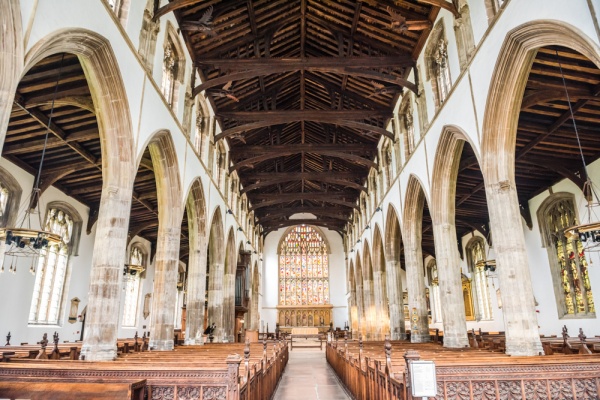
The bulk of the building is 15th century, though the tower is slightly earlier. By contrast, the slender spire is entirely Victorian, added by the ubiquitous Sir George Gilbert Scott, who seems to have had a hand in almost every major ecclesiastical rebuilding of the 19th century!
The most immediately striking feature is the porch, which features ornate carvings on the exterior, and lovely vaulting inside. Inside the chapel itself, the timber-framed roof is quite superb, with ornately carved angels overlooking the scene. Look closely and you will see that each angel is playing a different musical instrument.
The pew ends are beautifully carved, though some of the best carvings have been carted off to London, where they can be seen in the Victoria and Albert Museum.
Another feature is a large number of very fine historic memorials. Among these memorials, one of the finest is one to Sir Benjamin Keene, designed by neo-classical master architect Robert Adam. There are numerous other memorials, including a stone tablet to 'Robinson Cruso', and very nicely restored Jacobean wall memorials to the Greene and Snelling families.
The octagonal font dates to the early years of the 17th century and is beautifully carved. There is a curious, poignant story attached to the font; St Nicholas chapel was granted the right to perform baptisms as early as the 14th century, but it would appear that this right was not exercised until Bishop Harsant gave the font to the chapel in 1627.
The first child baptised in the font - and thus the first-ever baptised in the chapel throughout its long history - was Anne, daughter of Joseph and Isabel Raylie. Poor little Anne lived only 24 days, and her memorial brass can be seen near the east end of the north arcade.
One very unusual feature is to be found in the north-west corner, where benches have been set around a table to form space for an early 17th-century consistory court. This peculiar medieval relic was a church court, presided over by the Archdeacon, who decided on matters of ecclesiastical law, including divorce cases and marriage disputes.
The chapel is not used for regular worship, and is now cared for by the Churches Conservation Trust, but is regularly open to visitors throughout the year.





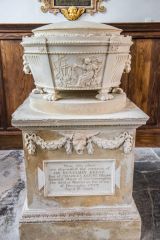
 We've 'tagged' this attraction information to help you find related historic attractions and learn more about major time periods mentioned.
We've 'tagged' this attraction information to help you find related historic attractions and learn more about major time periods mentioned.